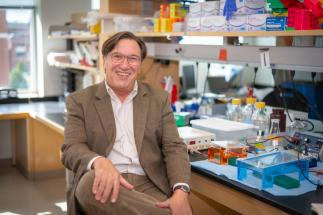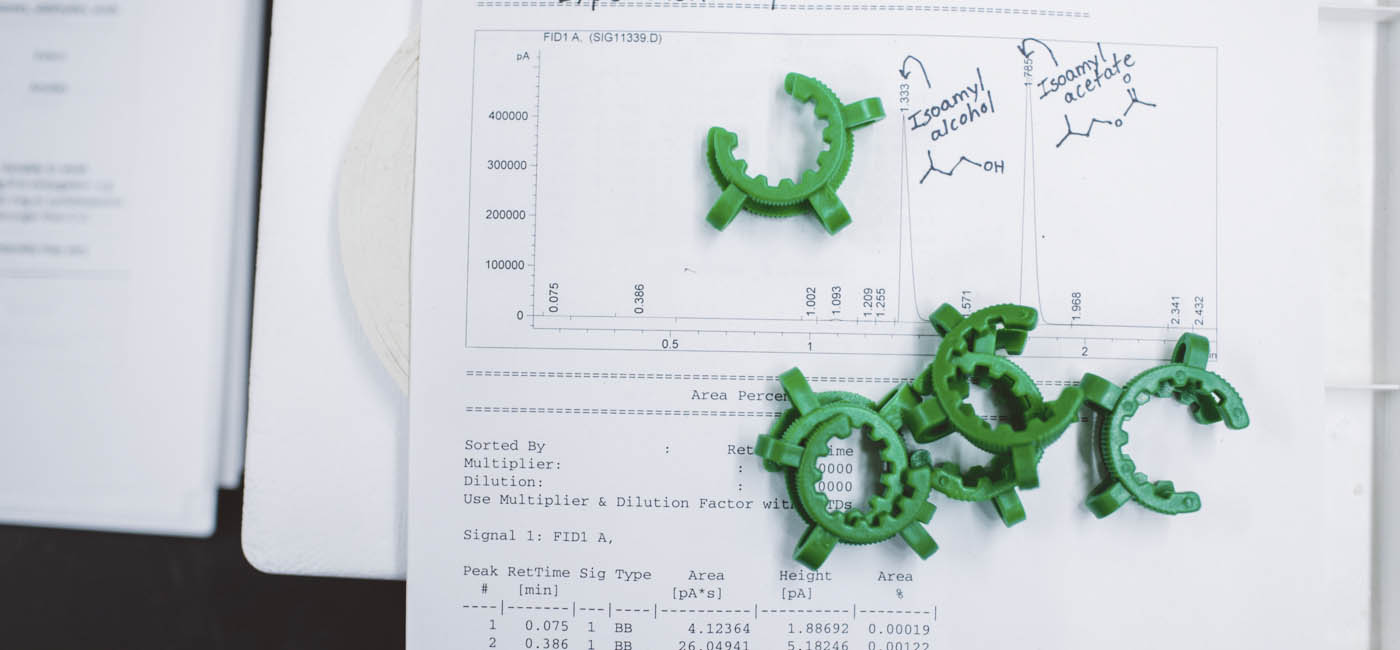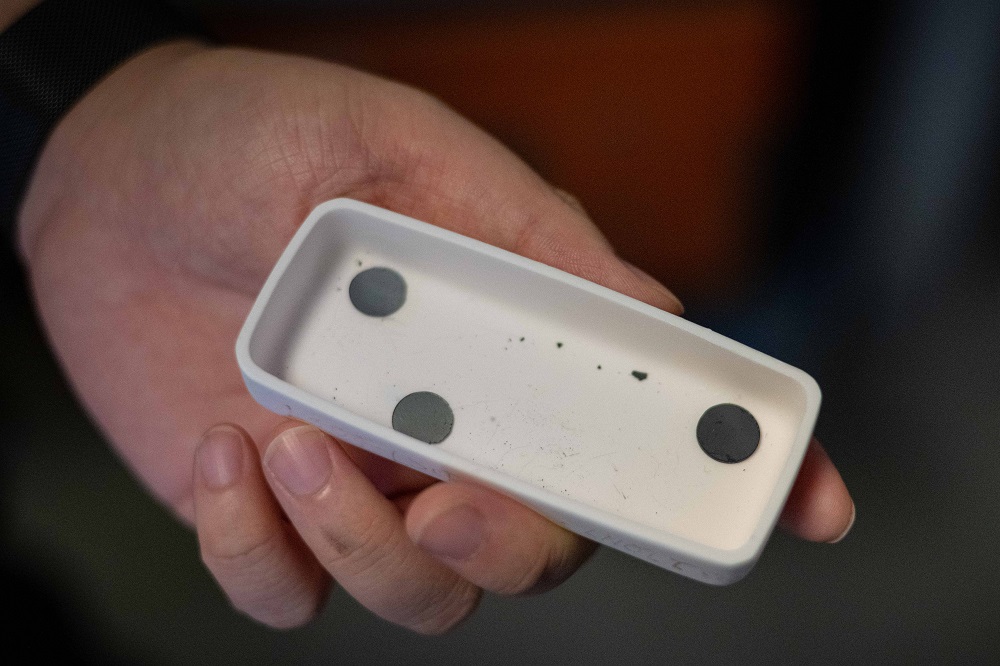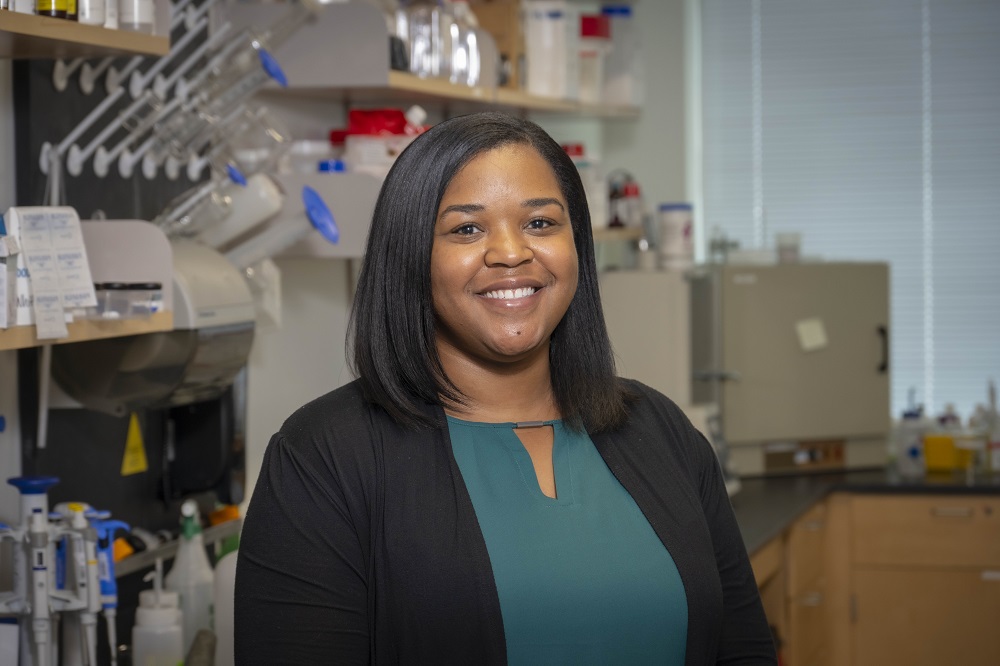The National Institutes of Health has awarded $1,747,882 to Worcester Polytechnic Institute (WPI) researcher José Argüello to determine how the infectious bacteria Salmonella enterica maintain a constant level of copper.
Salmonella is a frequent source of food poisoning that causes 1.35 million infections, 25,000 hospitalizations, and 400 deaths in the United States every year, and it is increasingly resistant to antibiotics. Copper is a metal micronutrient that is critical for any organism’s normal physiology, and it is also central to the defense a host mounts against bacteria.
Argüello, the Walter and Miriam Rutman Distinguished Professor in the Department of Chemistry and Biochemistry, will define how Salmonella avoid being overwhelmed by copper from a host while also using the mineral as a necessary micronutrient.
“All organisms need mineral nutrients to survive,” said Argüello. “Salmonella need copper, but copper is also a known anti-bacterial agent and part of the body’s immune response. We want to describe the molecular network inside Salmonella that handles and distributes copper to achieve a balance that allows the organism to evade the host’s lethal attacks.”
Argüello, whose research focuses on molecules that control the movement of micronutrient metals in bacteria, is principal investigator (PI) on the four-year project. He will collaborate with co-PIs Susana Checa and Fernando Soncini of the Institute of Molecular and Cell Biology of Rosario in Argentina. Argüello also expects that four postdoctoral researchers will work on the project in his laboratory at WPI.
The researchers will use a combination of laboratory experiments and computational models to define the mechanisms at work in the Salmonella periplasm, which is the outermost compartment in the bacteria. The periplasm is enclosed by inner and outer membranes, and the networks and molecules that handle copper in the periplasm are not understood. Importantly, this compartment is also the location of antioxidant reactions that are an essential component of Salmonella’s defense against a host’s attacks.
The researchers will determine the transporter proteins that carry copper across periplasm membranes, define the molecules that chaperone copper through the periplasm’s network, and identify how copper-dependent reactions in the periplasm break down a host’s attacks.
“Molecular networks in bacteria act like transportation systems that send cars over highways and trains over railroads,” Argüello said. “In our case, we are interested in the networks that transport copper and regulate its traffic. Our ultimate goal is to expand our knowledge of these networks in the periplasm of Salmonella so that novel antibacterial treatments can be developed.”
–Lisa Eckelbecker






